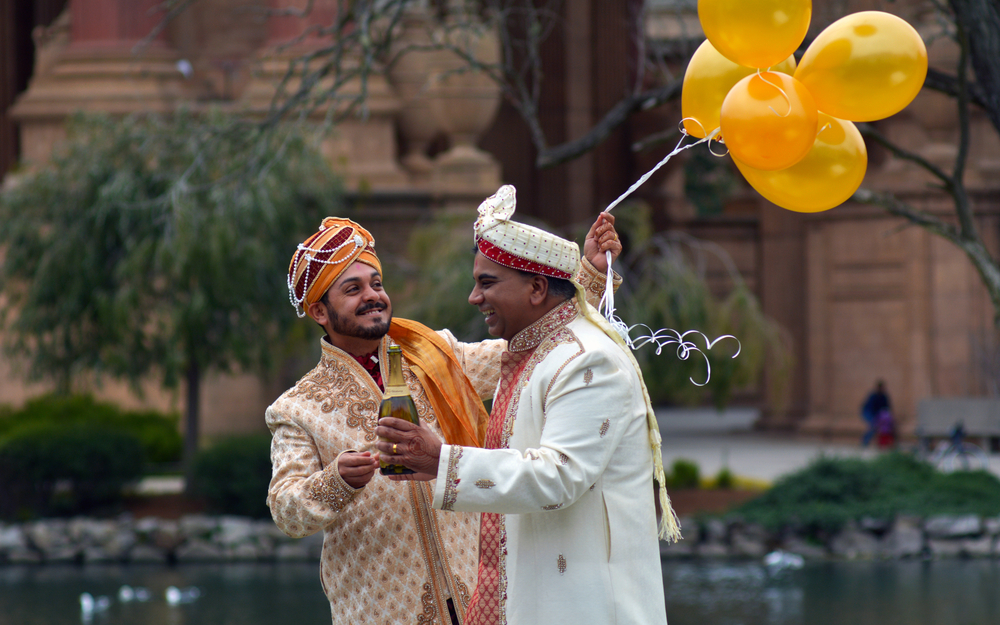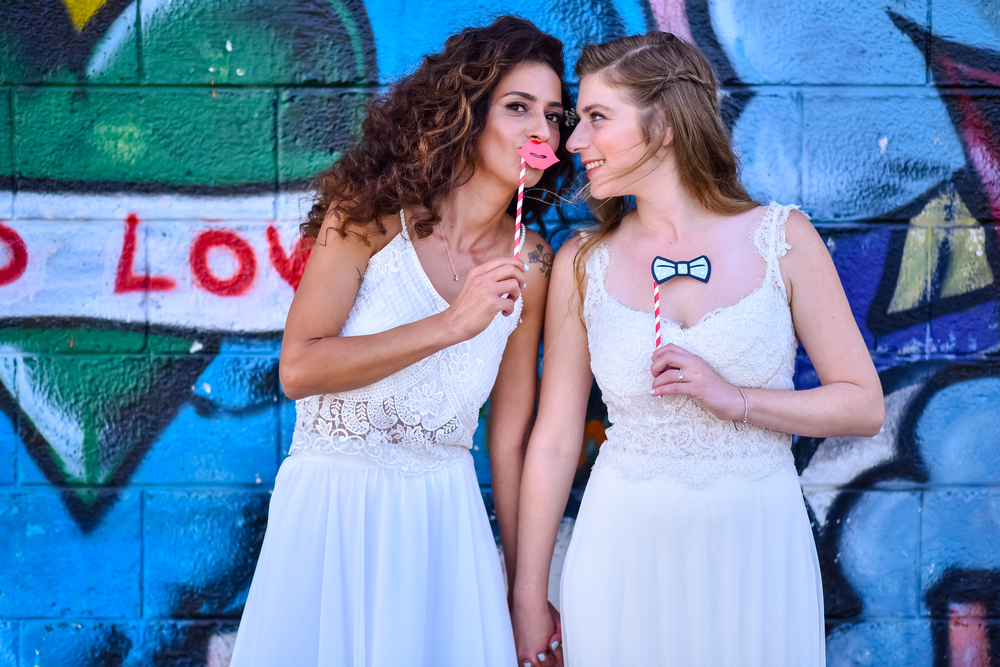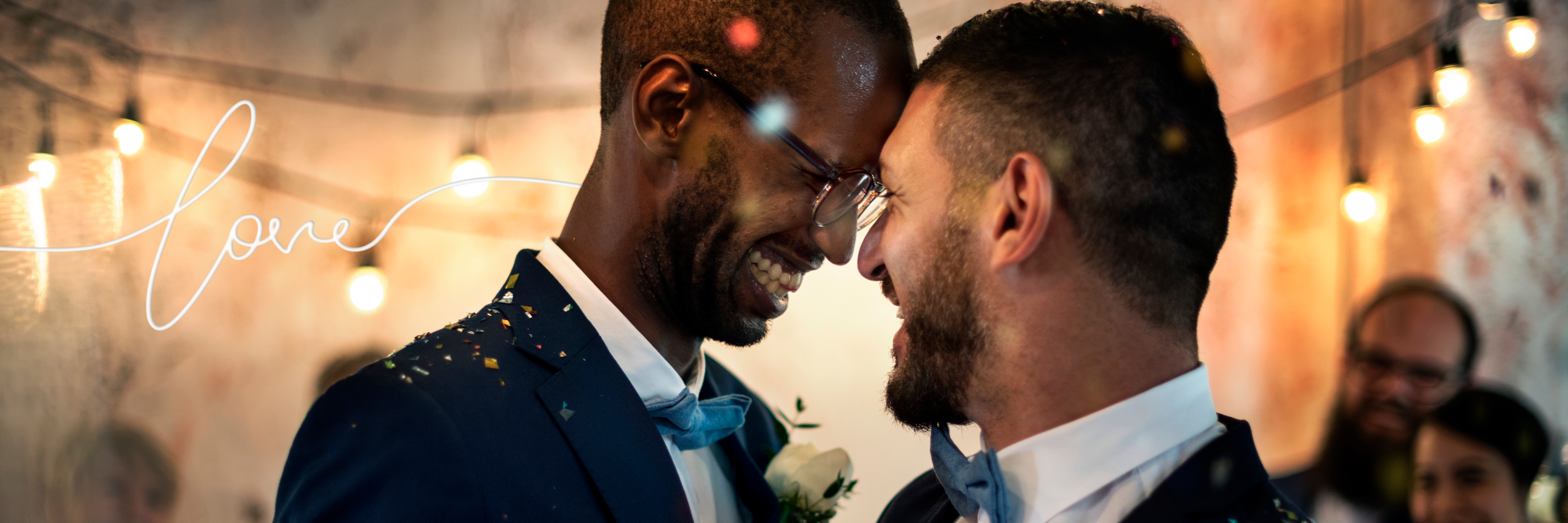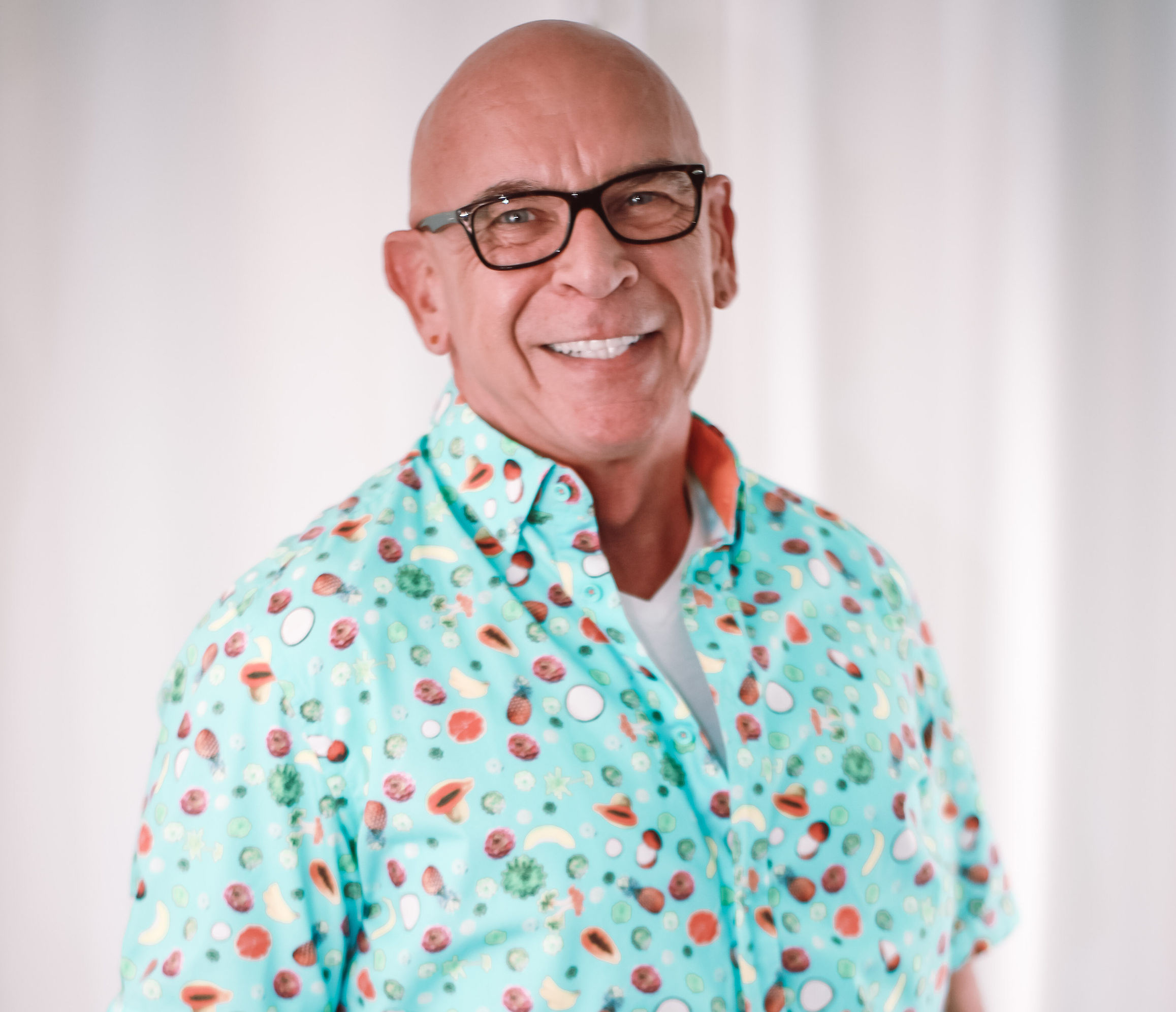We Are LGBTQIAS+

We Are LGBTQIAS+ Happy Pride!
Over the years, many have met individuals who identified as LGBT.
Over the years, better understanding and inclusion of diverse sexual identities and gender expressions have grown, and so has its acronym.
Remember when the “Q” appeared? Suddenly, LGBTQ was everywhere.
The pushback from LGBT advocates against adding the “Q” was loud.
What did it stand for, queer or questioning? You can’t have two definitions, or can you?
LGBTQ stuck around for a few years, then LGBTQ” IA” revised the acronyms in the blink of a moment, and the “+” was finally added, in case we missed anyone.
Realizing the many identities that had seemed to come out of the closet, LGBTQIA+ was born.
Long live the “+.”
What’s the history behind LGBTQIA+
Fun Facts:
Which acronym was the first used?

L - Lesbian
L was the first to come into existence. For centuries, the word was associated with poems about same-sex passion written by Sappho, an ancient Greek woman who lived on the island of Lesbos.
The word traces back to the 17th century. It emerged in the late 1890s when it was used in science textbooks about sexuality and psychology. It grew in popularity among women who secretly but proudly loved women.
G - Gay, slur!
In the 1960’s Gay Activist, we reclaimed the word, gay”.
Throughout the 20th century, same-sex attractions and activities were outlawed. This slur and others that denigrated LGBTQIA+ individuals were common. Though the origin of “gay” is still unclear. Gay men eventually embraced and identified with open expression of same-sex love as “being gay.”
By the 1980’s “gay” was used to refer to both men and anyone else who expressed a same-sex preference of love for the same-sex.
B - Bisexual
Homosexuality and bisexuality were first recorded in 1862 writings from a German Lawyer describing “Urning” as a man attracted to another man. “We urnings constitute a special class of human gender. We are our gender, a third sex.”

T - Transgender
- In the 1960’s, Transgender becomes a part of the LGB family.
Trans people have existed throughout history. The term only came into being in the 1960s when it was used in psychology textbooks. Earliest Historians have traced the earliest use of the word “transfeminine” to activist Virginia Prince.
Virginia Prince argued that sex and gender are separate entities. The word “transgender” was increasingly embraced as part of the LGBT rights movement in the 2000s.
Q - Queer & Questioning
Used in the early 1900s as a slur, the word “Queer” separated people from heteronormative society. The word “Queer” began being reclaimed by the gay rights movements in the 1990s.
Q was also used to describe and stand for “questioning,” acknowledging individuals exploring their gender or sexual identity.
This type of double definition leads to a larger conversation about the meaning of personal identity, which leads us to the “I” and “A.”
I - Intersex
Intersex is a general term used for a variety of conditions in which a person is born with a reproductive or sexual anatomy that doesn’t seem to fit the typical definitions of female or male.

A -Asexual
A term used to describe someone who does not experience sexual attraction toward individuals of any gender.
I don’t think anyone was in the room when LGBTQIA+ began. More prominent groups emerged through years of conversations in the early 2000s, identifying in similar ways, including the medical community to clarify—for example, Intersex.
S - Two-Spirit
“Two-spirit” refers to a person who identifies as having both a masculine and a feminine spirit and is used by some Indigenous people to describe their sexual, gender, and spiritual identity. As an umbrella term, it may encompass same-sex attraction and a wide variety of gender variance, including people who might be described in Western culture as gay, lesbian, bisexual, transsexual, transgender, genderqueer, cross-dresser, or who have multiple gender identities.
Is it appropriate to use an umbrella term like LGBTQIAS+, a shorthand definition to describe a person’s identity? “Yes,” Ric identifies as part of the LGBTQIAS+ community. Ric also identifies as a gay man.
So, where are we today?
+ - Evolving!
In 2018, the LGBT Health organization changed its name to Searching for LGBTQIAS+ Health.
Use LGBTQIAS+ in all your formal documents and social media platforms to be 100% inclusive.

Ric Simmons
Diversity, Equity, and Inclusion Creator and Coach
Award-Winning Speaker / Publisher
Founder and President - Inclusive Wedding Alliance - Inclusive, the magazine - The Inclusive Wedding Index.
Creator and Coach in "The Ten Steps To Inclusive Practices, Gen Z POV"
Diversity, Equity, and Inclusive DEI National Chairperson, NACE
Diversity, Equity, and Inclusion DEI Board Member, NACE Palm Springs Chapter
